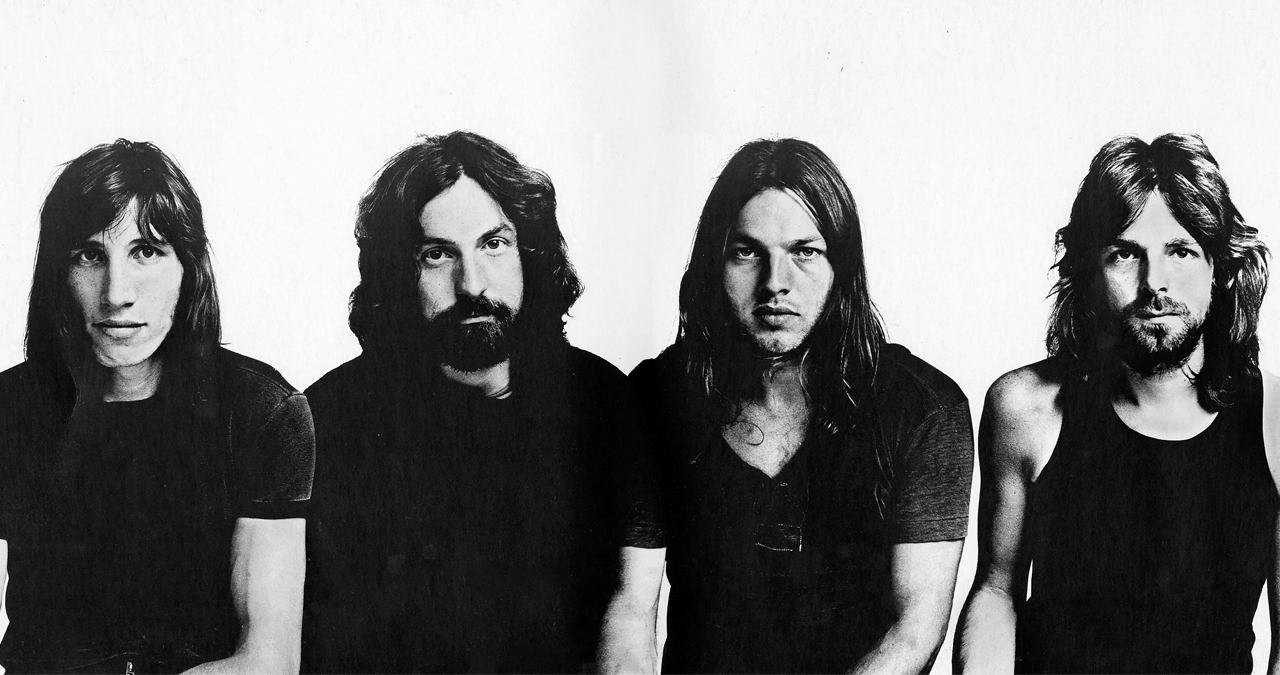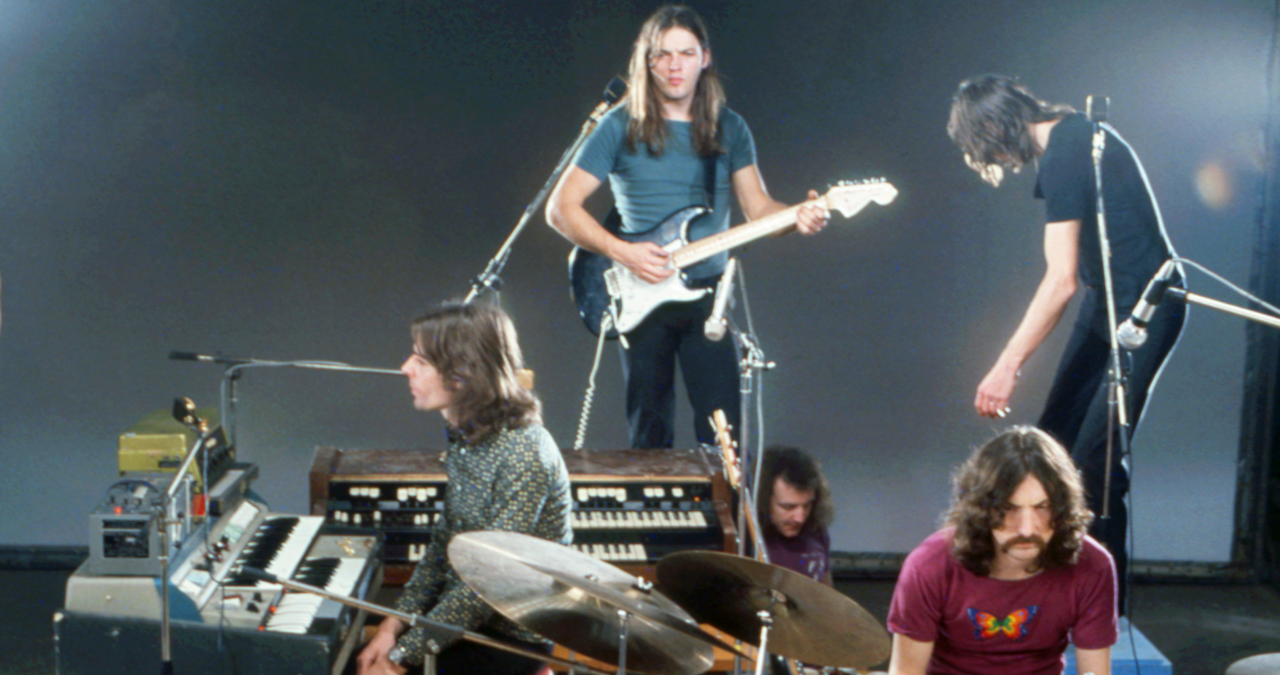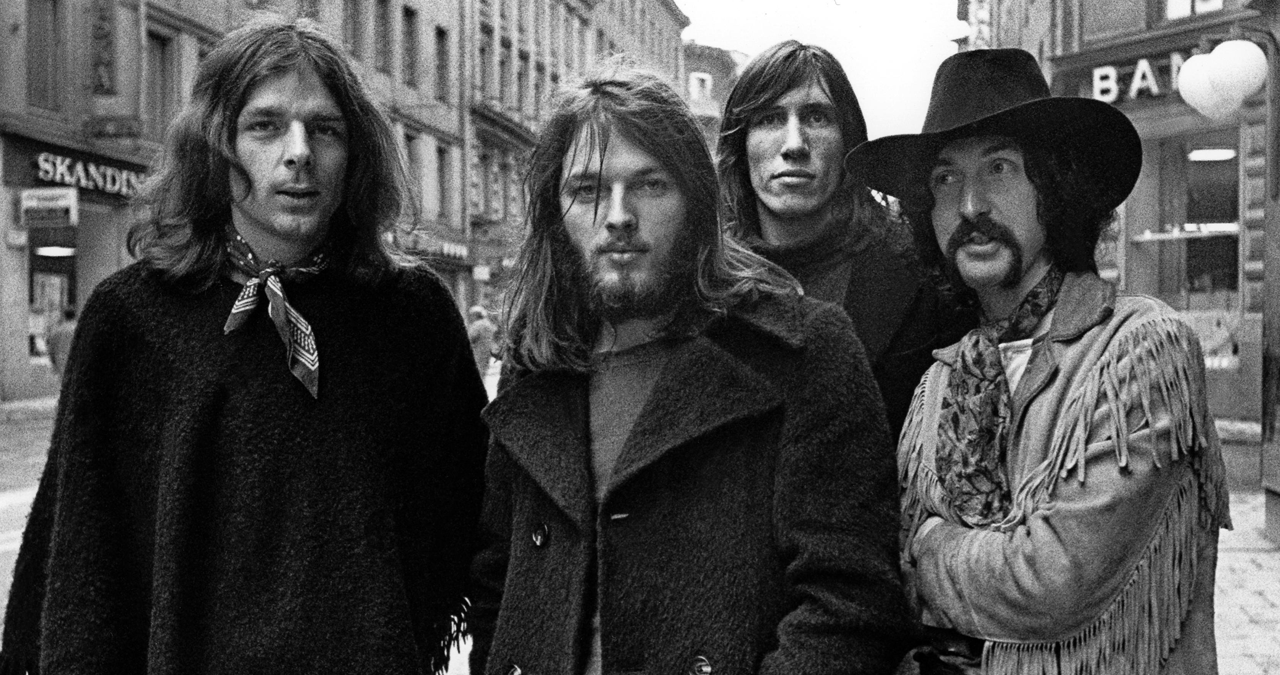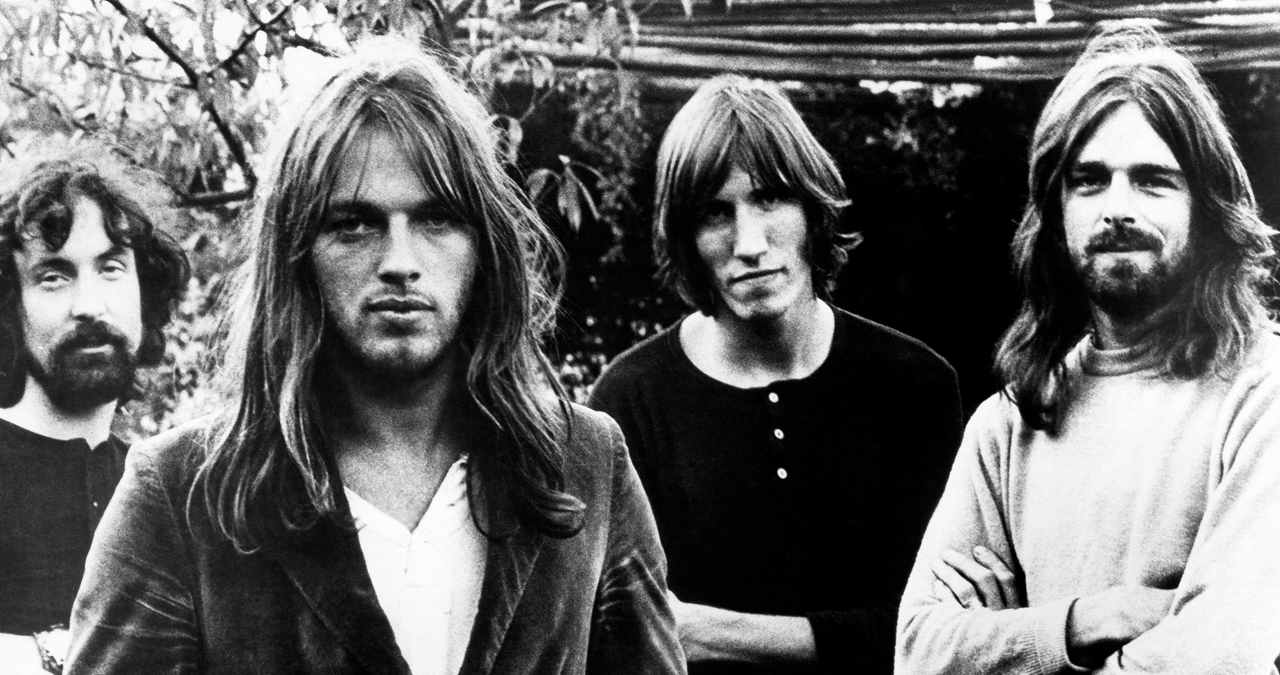“I remember sitting down with Roger and saying, ‘Roger, this is insane!’”: The strange lost album that Pink Floyd abandoned in 1975
Only two tracks have ever been heard from what could have been Pink Floyd's most divisive record

With a recording canon hailed in the annals of popular music, Pink Floyd’s astonishing run of world-captivating 1970s albums did much to widen the scope of just what a commercially successful rock record could sound like.
But, while the band would eventually shed some of the more outré ideas that rippled through much of their earlier, pre-fame work, a potential road not taken could have found Roger Waters, David Gilmour, Nick Mason and Richard Wright sailing even further out into the uncharted realms of the musical ocean.
Oddly enough, the hypothetical record that was to follow-up 1973’s mega-seller The Dark Side of the Moon was first planned as being one that shunned conventional musical instruments entirely.
First envisioned back in 1969, the album - known internally by its working title ‘Household Objects’ - was nothing short of a full-blooded leap into the avant-garde. Undoubtedly, it would have been a far less commercially viable proposition than its Billboard chart-topping predecessor.
With no instruments in play, Waters, Gilmour and crew would render sounds from a plethora of non-musical objects.
We're talking beer bottles, disconnected taps, saws, scrunched newspaper, bits of metallic pipes, vibrating rubber bands - basically anything that would resonate or make an interesting aural texture (but wasn’t designed to make music!)
As then-engineer John Leckie recollected in an interview with Prog Magazine back in 2006, “They were making chords up from the tapping of beer bottles, tearing newspapers to get a rhythm, and letting off aerosol cans to get a hi-hat sound."

The first attempt to make (what would eventually be known as) Household Objects a reality took place prior to Dark Side of the Moon. In fact, the initial experiments preceded the recording of the band’s sixth studio album Meddle. During a week at Abbey Road studios (then known as EMI Recording Studios).
In early 1971, it had been almost three years since the departure of innovative former frontman Syd Barrett, himself a keen explorer of the fringes of sound. Now, without Barrett but bolstered by David Gilmour, the group tinkered with several non-instrumental soundscapes.
According to John Leckie - then working at Abbey Road studios as a junior engineer - in an interview with Tape Op, these sketchy, initial sessions lasted just over a week before the band realised they had serious 'work' to do.
The recordings were catalogued and the band decided that the next record proper (Meddle) should be more conventional in terms of approach. Over at George Martin's Air Studios, out came Gilmour's black Fender Telecaster, and the rest of the band's real instruments.
We’re glad they came around, as Meddle has subsequently become a Pink Floyd curates’ favourite, with its most memorable cut being signature 23 minute epic, Echoes.
Want all the hottest music and gear news, reviews, deals, features and more, direct to your inbox? Sign up here.
And that's our cue to link to the YouTube video of the band's iconic, breathtaking Pompeii performance…
But we digress…
Two years on from this first, aborted attempt to make Household Objects, and Pink Floyd’s fortunes had changed significantly. With the of The Dark Side of the Moon's soul-touching songs dominating the ears of the world, the band were now hard-pressed to craft a worthy follow-up.
Suddenly, retreating back into the otherworldly textures of Household Objects felt like a refuge from the industry pressure.
It's an interesting one to imagine, had the band seen Household Objects through to completion and released it, it would have been a left-turn for the ages.
It was during this post-Dark Side period that the most intense work on Household Objects was undertaken, with Dark Side of the Moon's innovative engineer Alan Parsons overseeing the oddness.
Axes fell on wood, hammers struck metal, broomsticks were scraped on the floor, and rather funky bass-lines were twanged to life via a range of stretched elastic bands. Tape was slowed, and sped-up to see what sonic colour could be wrought from this most unlikely of raw materials
Some of these new, freshly-crafted sounds were sampled - and laid across the key-bed of Wright's keyboard. Unlike today, it was a painstaking, slow and manual process.

Nick Mason recalled in his autobiography Inside Out: A Personal History of Pink Floyd, that in fact, the Household Objects sessions were very much a way of avoiding the reality of making the sequel to Dark Side of the Moon.
“The whole notion seems absurdly laboured now, when any sound can be sampled and then laid out across a keyboard, enabling a musician to play anything from barking dogs to nuclear explosions,” Mason said. “In 1973 it took us two months to assemble - slowly and laboriously - what could now probably be achieved in an afternoon. However, the length of time involved was not a problem for us. In fact it was a blessing. We found the project was a brilliant device to postpone having to create anything concrete for the foreseeable future, since we could busy ourselves with the mechanics of the sounds rather than the creation of the music.”
Richard Wright was more cynical. He remembered, in documentary Which One’s Pink? that the sessions became overlong and eventually, caused him to raise his ire with the band’s then-chief creative.
“We'd spend days getting a pencil and a rubber band till it sounded like a bass. We’d spend weeks and weeks doing this. Nick would find old sauce pans and stuff, and then deaden them to try and make them sound exactly like a snare drum. I remember sitting down with Roger and saying, 'Roger, this is insane!'"
As Mason recalled in his book, "After a number of weeks, musical progress [on Household Objects] was negligible. We could sustain the pretence no longer, and the whole project was gently laid to rest."
And so, the Household Objects sessions were finally shelved forever, and the group set to the challenge of addressing how they would follow-up Dark Side of the Moon. Ultimately, their deliberations would lead them toward making the outstanding 1975 record, Wish You Were Here.
Though what was recorded during the Household Objects sessions has largely been unheard, a ghost of the project did fleetingly appear at the outset of their ninth album.
The very first sound heard on the record - the opening of Shine On You Crazy Diamond (Parts I-V) - is in fact the subtle, scintillating vibration of wine glasses (with various measures of liquid inside each, to facilitate different pitches), with fingers being with ran around the rim.
David Gilmour recalled, in a 2003 edition of Record Collector, that, “There are all sorts of bits and pieces [of Household Objects] but nothing complete. We salvaged a little bit. The main drone at the beginning of Wish You Were Here was made with wine glasses which we recorded on 16-track, with a glass on each track at a semitone interval, so we could do chords and play it like a keyboard. It was a hugely difficult sampling system. A few other bits were salvaged. I remember spending an inordinately long time stretching rubber bands across match-boxes to get a bass sound which just ended up sounding like a bass guitar!"
As it stands, only two full tracks from the Household Objects sessions - Wine Glasses and The Hard Way - have been heard by fans, appearing in box sets for Wish You Were Here and The Dark Side of the Moon respectively.
Wine Glasses is indeed the raw audio of the same sampled glasses track that formed part of the mix of Shine On You Crazy Diamond's intro, while the funkier The Hard Way is perhaps more indicative of what the finished record might have sounded like. It's characterised by the very plucked rubber band bass-line that Gilmour mentioned.
Listen below…
Although it never saw the light of day, it’s undoubtable that Pink Floyd’s creative mindset was reinvigorated by this self-imposed challenge. It was, then, a worthy exercise that can be viewed as priming the band’s questing spirit, pointing toward the sonically dense, and emotionally pained, Wish You Were Here.
Of the aborted Household Objects record, Waters reflected to Rolling Stone that, “It seemed like a good idea at the time, but it didn’t come together. Probably because we needed to stop for a bit. We were just tired and bored. I think it was that when Dark Side of the Moon was so successful, it was the end. It was the end of the road. We’d reached the point we’d all been aiming for ever since we were teenagers and there was really nothing more to do in terms of rock ‘n’ roll.”


I'm Andy, the Music-Making Ed here at MusicRadar. My work explores both the inner-workings of how music is made, and frequently digs into the history and development of popular music.
Previously the editor of Computer Music, my career has included editing MusicTech magazine and website and writing about music-making and listening for titles such as NME, Classic Pop, Audio Media International, Guitar.com and Uncut.
When I'm not writing about music, I'm making it. I release tracks under the name ALP.
You must confirm your public display name before commenting
Please logout and then login again, you will then be prompted to enter your display name.

